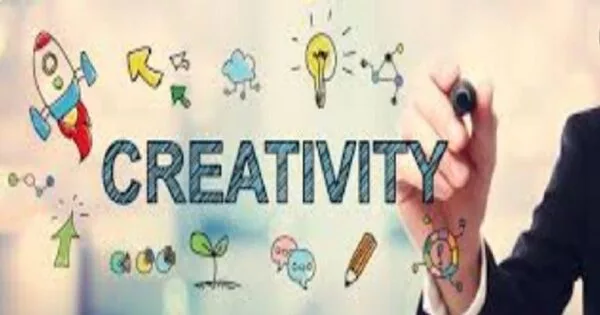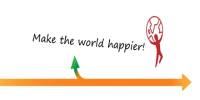Increasing team creativity often entails tapping into a variety of emotions and creating an environment that promotes innovation and idea generation. Encourage team members to be enthusiastic about initiatives. Celebrate triumphs and milestones to foster a good environment that fosters innovation.
When assembling a team for a project, you may be tempted to select individuals with upbeat, optimistic personalities and flexible thinking. According to specialists from Rice University, the University of Western Australia, Bond University, and the University of Queensland, a new management study suggests your team may benefit from those who are the polar opposite.
The study, co-authored by Jing Zhou, the Mary Gibbs Jones Professor of Management and Psychology at Rice’s Jones Graduate School of Business, investigates the effects of “team affective diversity” on team creativity. The paper published in the Journal of Organizational Behavior is among the first research to reveal how, why, and under what condition teams’ “affective diversity” promotes team creativity.
Our findings suggest that interventions that focus on building the team’s transactive memory system, which can be accelerated when team members spend time together, share goals, receive information about member specializations, and train on the task together.
Jing Zhou
Team members with “negative affect” demonstrate critical and persistent thinking, allowing them to recognize problems that need to be solved as well as look for and critically assess important information. According to the study, team members with “positive affect” engage in broad and flexible thinking that broadens their range of information and helps them identify unique and creative connections.
“At any given time, some team members may feel positive emotions like joy and inspiration, while others may feel negative emotions like frustration and worry,” Zhou explained. “Rather than attempting to homogenize the effects of team members, teams should embrace affective heterogeneity.”
When a team experiences a high level of this “affective heterogeneity,” what Zhou describes as “dual-tuning” leads to greater creativity.

The researchers tested their hypotheses among 59 teams working on a semester-long project in an undergraduate management course at a university in Hong Kong. Each team developed a business plan, which involved designing a new product and differentiating it from potential competitors in the market.
Zhou emphasizes how a team’s “affective heterogeneity” can be a source of collaborative creativity. This distinctive sort of variety fosters collaborative creativity, provided the teams have a strong “transactive memory system.”
“Our findings suggest that interventions that focus on building the team’s transactive memory system, which can be accelerated when team members spend time together, share goals, receive information about member specializations, and train on the task together,” Zhou said.
















